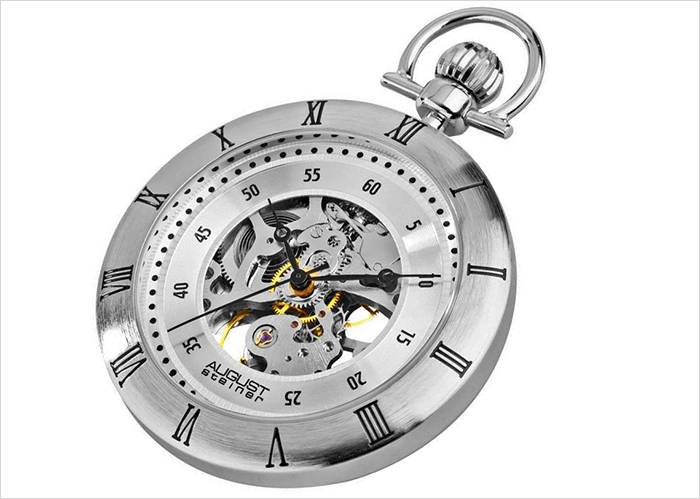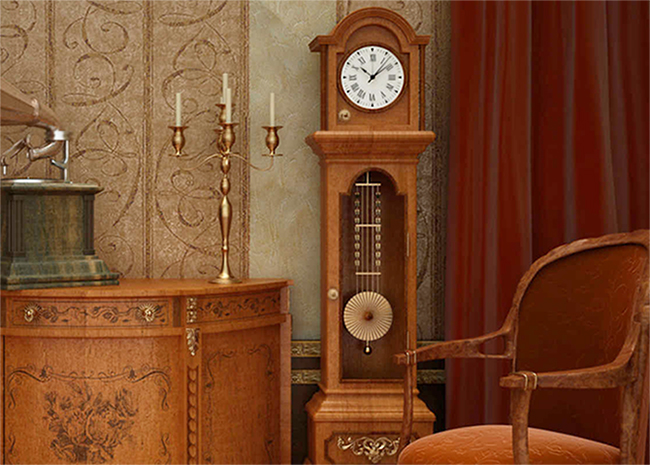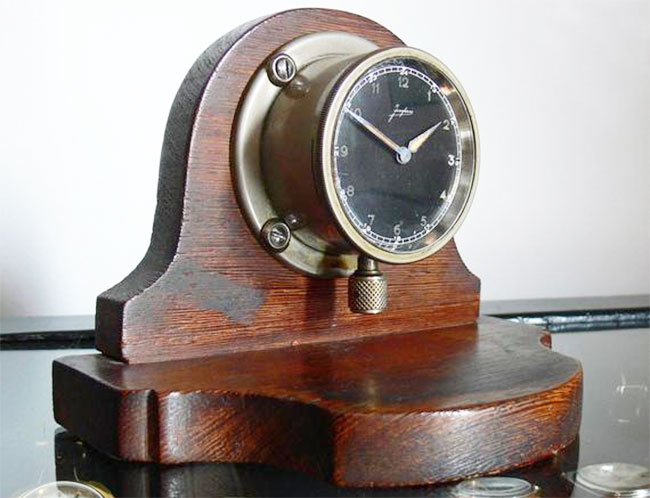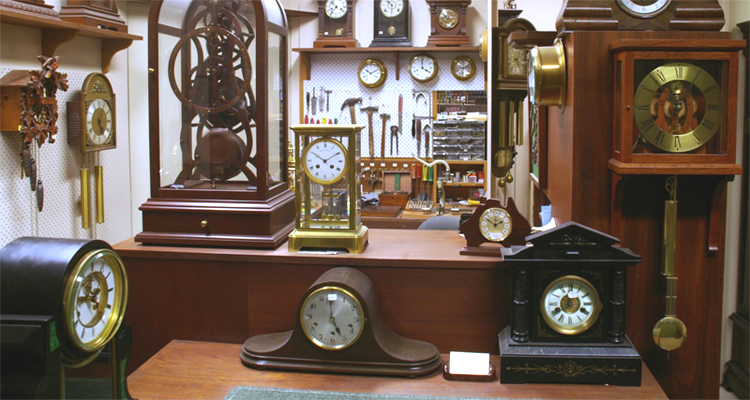
The sinking of the RMS Titanic remains one of the most infamous maritime disasters in history. Resting nearly 12,000 feet below the surface in the dark waters of the North Atlantic, the wreck serves as a time capsule of the early 20th century. Among the artifacts recovered from the ship, antique timepieces like pocket watches, offer a poignant glimpse into the lives of the passengers and crew. These watches, many frozen at the exact moment of contact with water, provide a haunting narrative of the tragic night of April 14, 1912.
The Largest Manmade Vessel ever constructed
The story of the Titanic is one of ambition and innovation. Commissioned by the White Star Line, a British shipping company owned by American businessman J.P. Morgan, the Titanic was one of three sister ships designed to redefine luxury travel over the Atlantic. Built by Harland and Wolff in Belfast, Ireland, construction began in 1909 and employed over 15,000 workers. Equipped with state-of-the-art amenities and advanced safety features, the Titanic earned the nickname ”the unsinkable ship.”
However, fate intervened on the night of April 14, 1912. During its maiden voyage from Southampton to New York, the Titanic struck an iceberg and sank, claiming over 1,500 lives. This tragedy, marked by human error and overconfidence, became a defining moment in maritime history.
You can read more about the Titanic at Wikipedia.
The Discovery of the Wreck
The Titanic remained hidden in the depths of the Atlantic for over 70 years until its discovery in 1985 by a joint Franco-American expedition led by Robert Ballard. The wreckage revealed a treasure trove of artifacts, each bearing witness to the lives of those aboard. Among these were timepieces, their stopped functioning marking moments frozen in history.
Remarkable Watches from the Titanic
John Starr March’s Pocket Watch

John Starr March, a 48-year-old postal clerk aboard the Titanic, was among those responsible for managing the ship’s mail. His body was recovered after the disaster, and with him was his pocket watch the Elgin National Watch Company. Now housed in the Smithsonian’s National Postal Museum, this early 20th-century watch, adorned with Roman numerals, is stopped at 2:20 a.m.—the exact moment the Titanic sank. Its rust and water damage serve as a silent testament to the tragedy.
For more information, and for more pictures of the watch, read more at the Smithsonian Magazine
John Gill’s Pocket Watch

John Gill, a second-class passenger, was embarking on a new life in America. His body was recovered by the cable ship CS Mackay-Bennett, along with personal effects including a Waltham pocket watch. The watch was returned to his widow and remained in the family for 90 years before being auctioned in 2002. This piece symbolizes the personal stories intertwined with the disaster.
Read more about John Gill at Encyclopedia Titanica
John Jacob Astor’s Gold Pocket Watch

Among the most valuable timepieces recovered is the gold Waltham pocket watch of John Jacob Astor IV, one of the wealthiest men aboard. This 18-carat masterpiece, reflecting Astor’s immense wealth, was recovered with his body. It later fetched a significant sum at auction, underscoring its historical and emotional value.
Details of the watch can be found at Rehr´s Galleries
3rd Steward´s Pocket Watch

Sidney Sedunary, a 25-year-old third-class steward aboard the RMS Titanic, tragically lost his life when the ship sank on April 15, 1912. His body was recovered by the cable ship Mackay-Bennett, and among his personal effects was a pocket watch from the Ingersoll Company. This watch had stopped at 1:50 a.m., approximately 30 minutes before the Titanic sank, providing a haunting timestamp of the unfolding disaster. The water-damaged timepiece was later returned to his widow and is now preserved at the SeaCity Museum in Southampton, serving as a poignant reminder of the lives lost in the maritime tragedy.
You can read more about Sidney at Southhamptonstories.co.uk
Historical Significance and Value
The watches recovered from the Titanic hold immense historical significance. They provide a tangible connection to the individuals who experienced the tragedy, highlighting the era’s socio-economic conditions. These timepieces, ranging from luxury pocket watches to practical wristwatches, reflect the varying degrees of wealth and status among the passengers.
While market values for Titanic artifacts can range from thousands to hundreds of thousands of dollars, their true worth lies in their ability to evoke the human stories behind the disaster. Collectors and historians prize these watches not only for their craftsmanship but for the emotional narratives they embody.
Preserving the Legacy
Exhibitions featuring Titanic artifacts, including some of the recovered watches, attract thousands of visitors worldwide. Museums and private collections play a crucial role in preserving these relics, ensuring that the stories of the Titanic’s passengers are never forgotten. These timepieces serve as powerful symbols of the fragility of life and the timeless nature of human endeavor.
Conclusion
The timepieces recovered from the Titanic are far more than mere objects. They are relics of a bygone era, encapsulating the hopes, dreams, and ultimate fate of their owners. By preserving and showcasing these watches, we honor the memory of those who perished and ensure that the Titanic’s legacy endures for future generation.











Leave a Reply